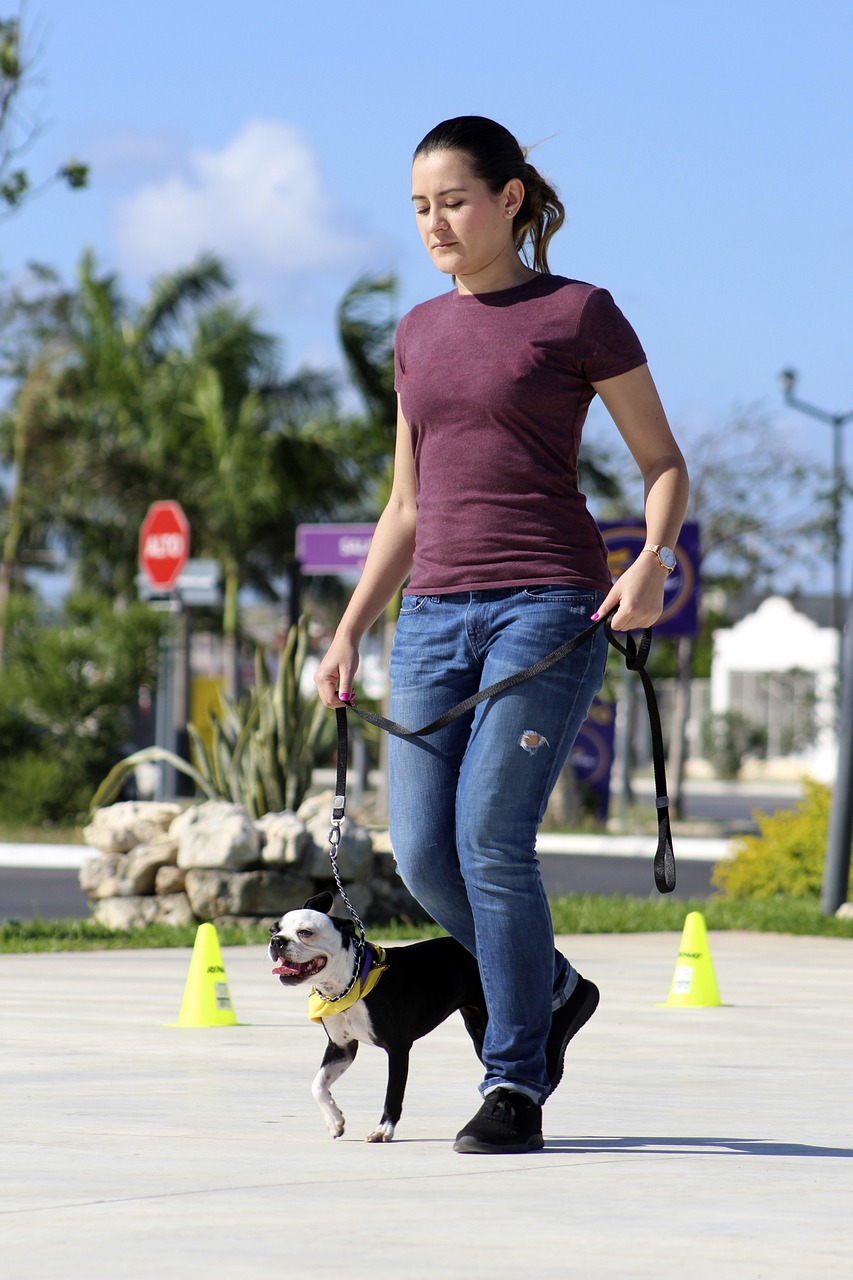Walking your pet should be an enjoyable and stress-free experience for both you and your furry companion. However, without proper leash manners, a simple stroll can turn into a chaotic and unpleasant affair. In this comprehensive guide, we will delve into the art of walking your pet with confidence. From understanding your pet’s behavior to correcting unwanted behavior and ensuring safety, we’ll cover all the essential aspects to make your walks enjoyable and harmonious.
Introduction
Leash manners are the cornerstone of a well-behaved pet, and they play a significant role in ensuring that your walks are not only enjoyable but also safe. Proper leash manners set the tone for a confident walk, making it a positive experience for both you and your pet. Let’s explore how to achieve this harmony.
Understanding Your Pet’s Behavior
Before embarking on any training journey, it’s essential to understand your pet’s behavior. Each breed and individual pet can have unique tendencies and quirks. Identifying these behavioral traits is crucial in addressing any issues that may arise during walks.
Choosing the Right Leash and Collar
The type of leash and collar you choose can significantly impact your walking experience. We will discuss various leash options and explore the pros and cons of using a collar versus a harness.

Training Basics
Training your pet to have proper leash manners is a process that requires patience and consistency. We’ll delve into the world of positive reinforcement and discuss the importance of maintaining a consistent approach in your training efforts.
Pre-Walk Preparation
Proper preparation before starting your walk is key to a successful outing. We’ll cover essentials like ensuring your pet has had their potty breaks and exercise and how to gear up for the walk.
Starting the Walk
The first moments of your walk are crucial. We’ll guide you on the right leash grip and posture and explain why those initial steps matter for your pet’s behavior during the walk.
Maintaining a Steady Pace
Walking at the right pace is essential for a comfortable and enjoyable experience. We’ll help you find the ideal walking speed and provide tips for handling distractions that might disrupt your rhythm.
Correcting Unwanted Behavior
Even with proper training, unwanted behavior can sometimes occur during walks. We’ll discuss how to respond to common issues like pulling and aggression, helping you maintain control and a confident demeanor.
Safety First
Your pet’s safety is paramount. We’ll provide guidance on avoiding hazards and being aware of your surroundings to ensure that your walks are accident-free.
Building Confidence
Building your pet’s confidence is a two-way street. We’ll explore how to build your pet’s trust and reinforce good behavior, making them feel secure during walks.
Socialization
Interactions with other pets and people can sometimes be challenging. We’ll offer tips on how to ensure harmonious interactions and keep your walks pleasant for everyone involved.
Varying Your Walking Routes
Monotony can make walks boring for both you and your pet. We’ll discuss the importance of varying your walking routes and encouraging exploration.
Time Management
Finding the right time to walk is essential, and it often depends on your pet’s needs. We’ll help you manage your walking schedule to accommodate your pet’s energy levels.
Weather Considerations
Walking your pet in different seasons and handling extreme weather can present unique challenges. We’ll provide tips for adapting to various weather conditions while maintaining a confident walk.

Conclusion
In conclusion, walking your pet with confidence starts with understanding their behavior, choosing the right equipment, and maintaining consistency in training. Safety and positive reinforcement are vital, and socialization and variety in your walks can make the experience enjoyable for both you and your pet.
Now, you have the tools to ensure that every walk with your pet is a harmonious and enjoyable experience.
FAQs
- How can I stop my pet from pulling on the leash?
- To stop your pet from pulling, use positive reinforcement to reward them when they walk without pulling. Be consistent in your training, and consider using a no-pull harness.
- What’s the best time of day to walk my pet?
- The best time to walk your pet depends on their energy levels. For most dogs, mornings and evenings are ideal, as the weather is often cooler.
- How do I handle aggressive behavior during walks?
- If your pet displays aggressive behavior, it’s essential to consult a professional trainer. Avoid situations that trigger aggression and keep your pet at a safe distance from potential triggers.
- What’s the right leash length for walking my pet?
- The ideal leash length depends on your pet’s size and behavior. Generally, a 4-6-foot leash works well for most dogs, providing them with some freedom while maintaining control.
- Can I use a collar or a harness for walking my pet?
- The choice between a collar and a harness depends on your pet’s behavior and physical health. Collars are suitable for well-behaved dogs, while harnesses are excellent for pets that pull or have neck issues.






